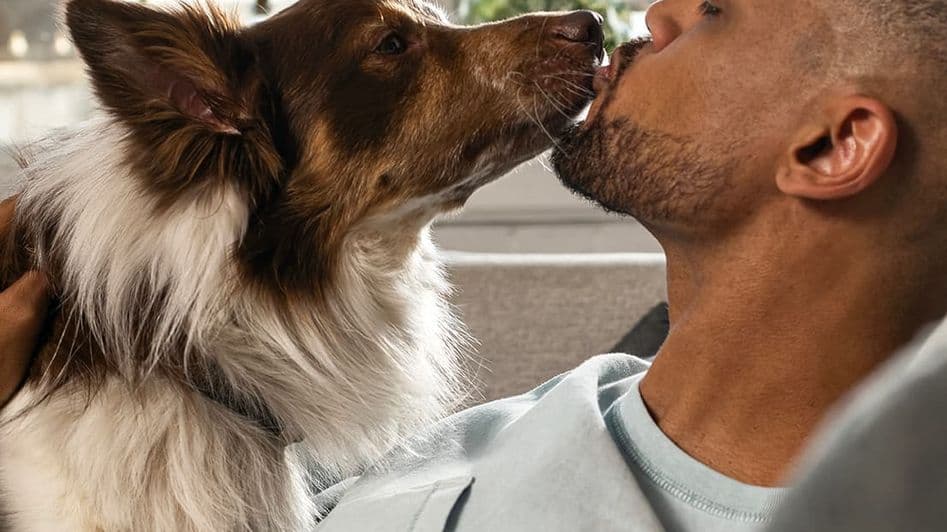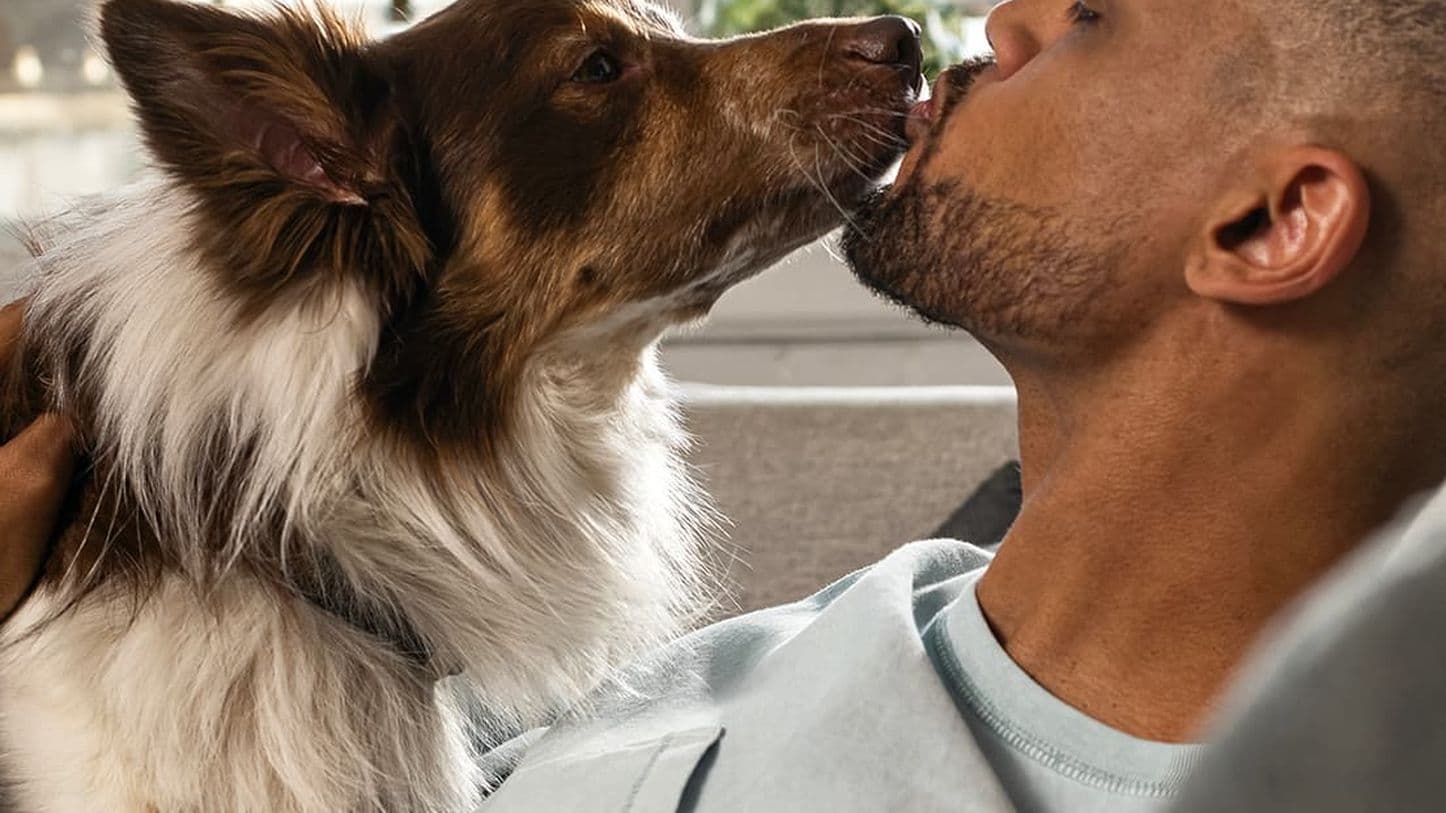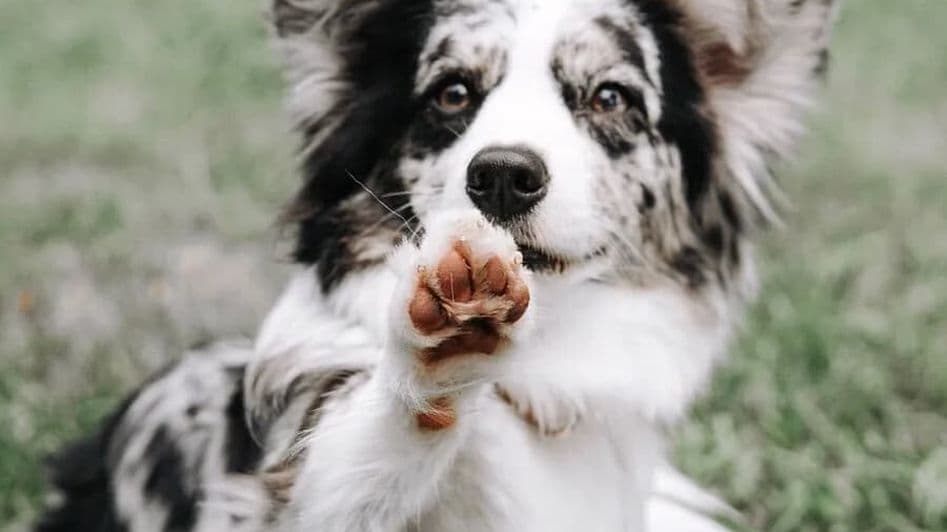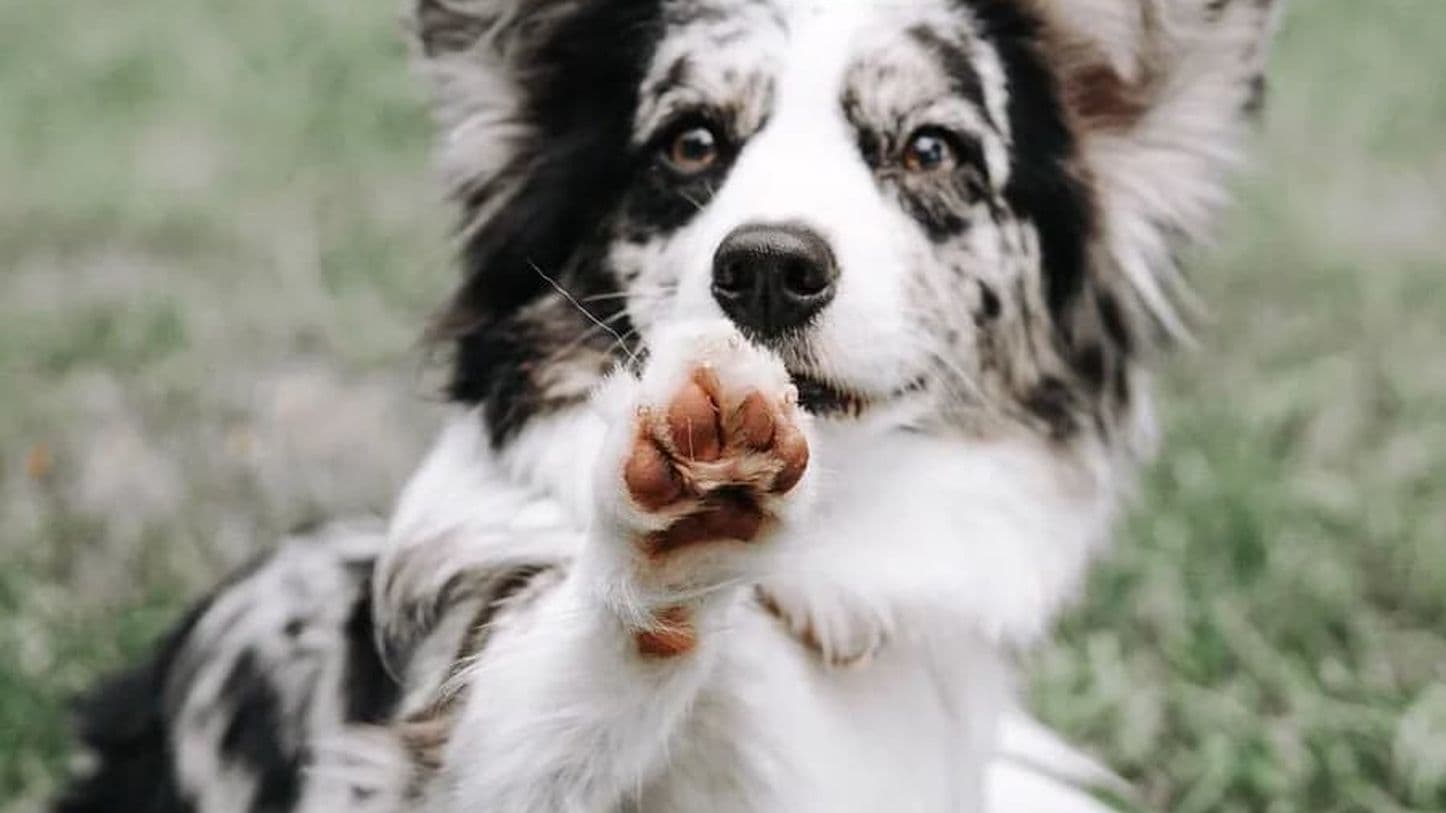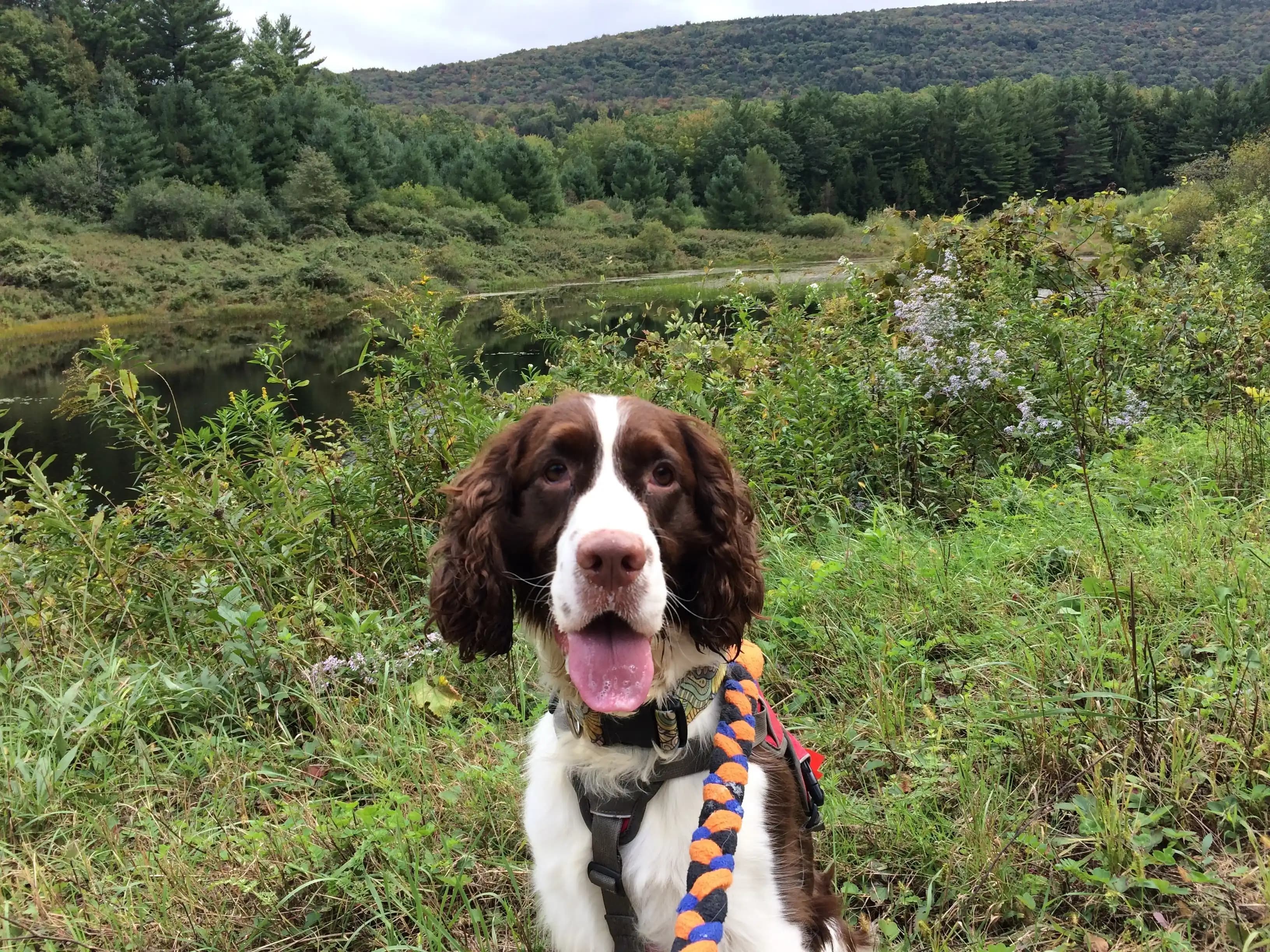
Tips
Start Running with Your Dog: A Step-by-Step Guide to Safe and Effective Training
6.17.2019
By Kathleen West
I have been running for the last 12 years or so. I’ve run more miles than I can honestly count. But Charlie, my 3-year-old English Springer Spaniel, has brought a new pep to my tired step. He makes it fun and always pushes me to strap on my running shoes even when it’s been a tough day at work. When Charlie is there, I can’t help but be excited. I just can’t say no to that face. But what are the benefits for him?
Charlie has never been the athletic type. He’d rather take a nap than even look at a frisbee. But when it’s time to go for a run, he can’t wait. Our daily run has become our most precious time together. I’ve noticed it’s made him stronger, too; he has little doggy shoulder muscles.
That’s not to mention the fact that running has given him an outlet to release his pent up energy. He was never a bad dog, but he certainly had some behaviors we weren’t fans of. He used to be a little antsy and attention bark. Now he sleeps through the night and gets more rest than I do.
Running with dogs does take some time and patience. You have to make sure you have the right equipment, like a tag-less dog collar, an appropriate harness, and a hands free leash. But you also have to train your dog not to drag you every step of the way.
I originally trained Charlie to walk nicely on leash, something he had to learn for his therapy dog certification. Once we got that down, I switched to the running leash. When he seemed comfortable with the running leach, I started attaching it to my running belt, and the rest is history!
I don’t want to sugar coat it - teaching him to run with me wasn’t a walk in the park; it certainly took some time. We did a lot of running two steps then having to stop because he got too excited. Then we’d go a couple more steps, and he’d pull again. Eventually we got to the point where he could go the whole time without pulling me in a ditch after a squirrel.
The training isn’t the only hard part though. We have an established routine to go through every time we step out the door. Here is how we prepare:
Equipment
First, I make sure all of our equipment is in good shape. I make his harness is fitting properly and that his tag-less collar is good to go. I double check that his leash isn’t torn at all (we use a 3ft leash with some bungee on the end to help absorb some of the shock from running), and I check that I have my running belt that his leash snaps into.
The last bit of equipment I need, and oh is it an important one, is a cheese stick. A normal piece of string cheese. Low fat, preferably. It’s Charlie’s kryptonite. He’ll do anything for it. And, because it’s in a handy plastic wrapper, it doesn’t get my hands super messy and gross while we run. Charlie is very food motivated. I know that as long as I have some cheese there will be no issue if a loud truck goes by or if we come across an off leash dog.
When we first started running I would only take the big guy for about a half mile at a time. We built up from there - we run about three miles a day now!
Temperature
If it’s hot enough for me to feel like I should be wearing a tank top, it’s too hot for Charlie to be out hitting the pavement. There’s always the tried and true trick of putting your hand on the blacktop, too. If it feels hot to you, it’s too hot for your dog’s paws. Typically, I’d say I don’t like to run with him when it’s too much hotter than 75 degrees out.
Winter running is a bit easier, temperature wise. Charlie loves the cold. So if it’s alright for me, it’s alright for him. The only thing we have to be careful of is sidewalk salt - it can heat up in between dog’s toes and give the dog burns!

Precipitation
If it’s raining or snowing, I usually have Charlie stick behind. But probably not for the reason you think! Charlie is fine running in any kind of weather! But because we mostly run on the roads, it isn’t just us that we have to think about. When it’s wet and slippery out I get nervous that vehicles are going to hydroplane or slide off the road. It’s just safer to keep my trusty k9 at home.
Paw Checks
After every run, in any condition, at any temperature, the absolute most important thing is to do a proper feet check. About a quarter mile from home I make sure to stop and look at all of Charlie’s feet. I spread apart his toes, check his toe nails, and make sure his toe pads are in good shape. I’m checking for burns, cuts and scrapes, ticks, pieces of rock, sticks, mats in his fur, and anything else he could have picked up on the road.
If his feet are feeling particularly hot, I’ll make sure to cool him off with some water, both on his feet and back. In the winter, I’ll rub some musher’s wax into his paw pads to make sure they don’t crack from the ice and snow.
Checking in with his feet after every run ensures that Charlie is safe every time we go out the door. I also make sure he has plenty of water before and after each run, and of course, a comfy bed to rest.
Kathleen M.L. West has written professionally for a number of publications. She currently lives in Southern Vermont with her very patient spouse. Together they have two English Springer Spaniels and two Border Collies. Kathleen works as a digital traffic coordinator for The Orvis Company. She used to be a cat person. Kathleen enjoys running, eating and, especially, complaining.
To read more from Kathleen, visit her blog at www.littlebeastsbighearts.com or follow her on instagram @LittleBeastsBigHearts.
For more information on Vital Essentials and our full product line, follow us on TikTok and Instagram. And if you have any questions, be sure to check out our FAQ page for answers. Together, we can ensure your pet gets the proper nutrition they deserve.
Featured in this article:
